Kormanj Rugs (Kordis)
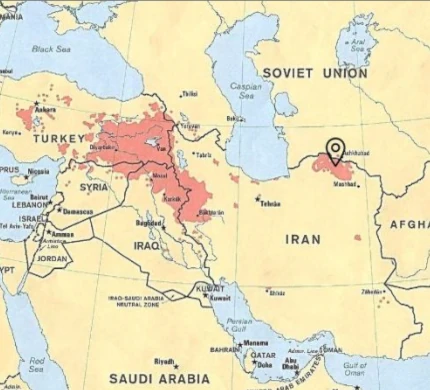
Wherever in the Iran Plateau mountains
stand, there would be some Kurd folks. In
Khorasan, Kurds have been the warriors of
northern mountains for at least the last five
centuries. They have been settled there by
Safavid Shahs to be a shield against Uzbek
invaders. But there are still evidences in
Persian administrative texts referring to
Kurds alongside Khorasan’s mountains long
before the mentioned period.

Kormanj nomads
These highlanders belong to northern
branches of Kurd tribes, Kormanj, who have
origins in Anatolia, Azarbayjan and Caucasus. Nowadays they are the main
inhabitants of Bojnurd, Quchan, Shirvan and
villages around.
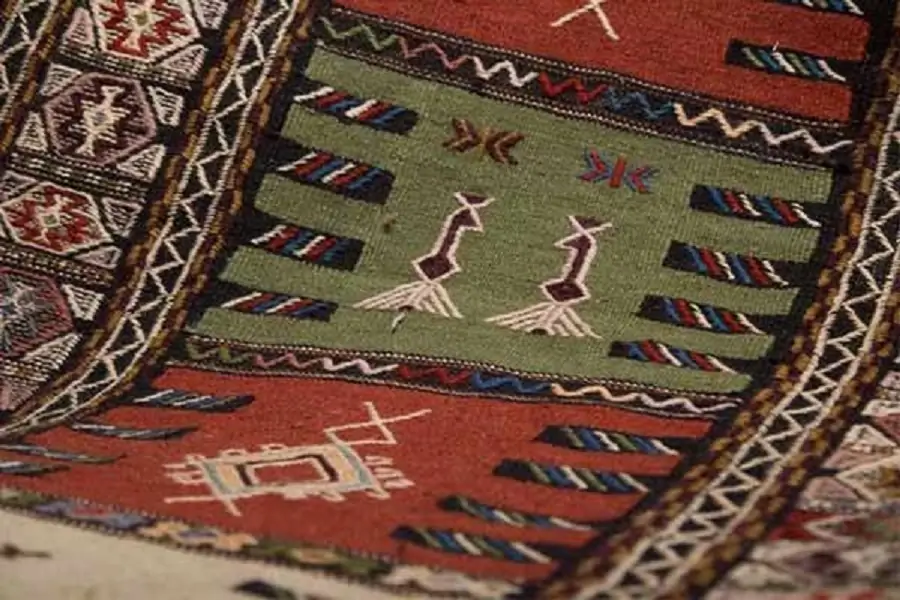
Sofra Kordi is the main woven piece
attributed to these folks. It is a fine-woven
Kilim with multiple usage. The word Sofra or
Sofreh roughly means tablecloth, but these
“Kurdish Tablecloths” are also used as
carpets on floors and wall covering as well as
wrappers for preserving bread.
After Sofra Kordi, tribal area rugs could be
mentioned which are sold under the term
Quchan, because of the small local bazar of
the city in which these pieces are gathered.
Technical aspects and the structure of Kormanj carpets
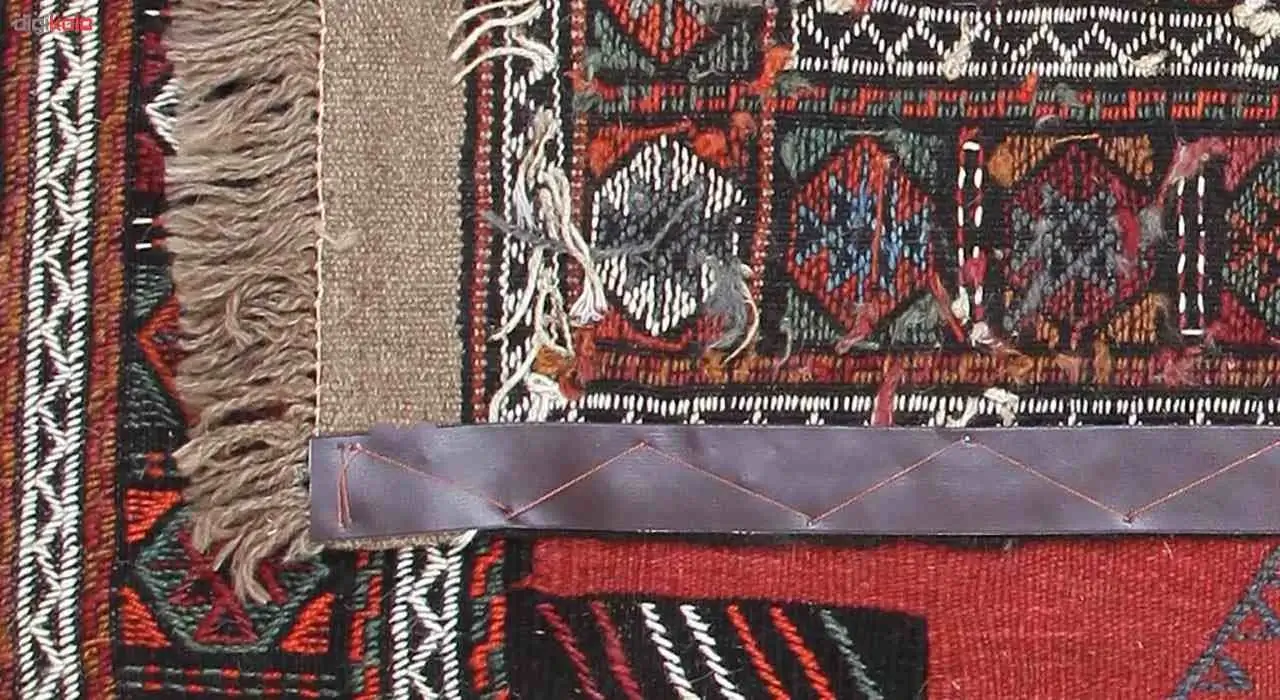
Kurds are goatherds and they use goat hair
both in Sofra Kordis (as main foundation)
and in rugs (as warp). Rugs are mostly two-
wefted and wefts are of woolen yarn. Knots
are mainly symmetrical and looms are
horizontal.
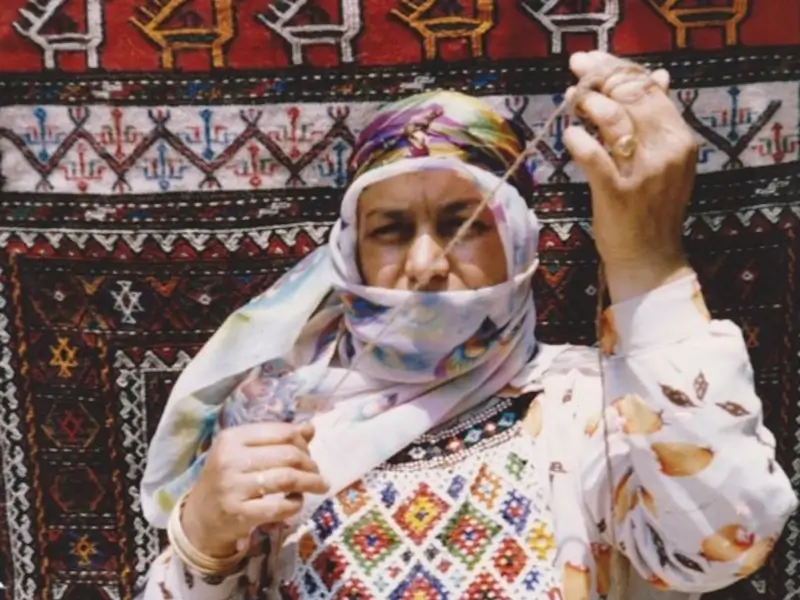

The total structure of Kordi rugs are
somehow floppy with coarse knitting. Most
sizes are available but very small pieces are
not common. Kallegi (a large and long
runner) is the most common size.
Dyeing and painting of Kormanj carpets
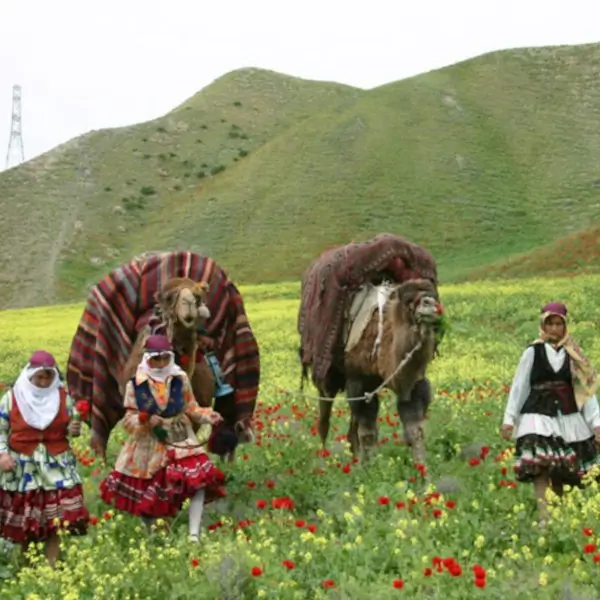
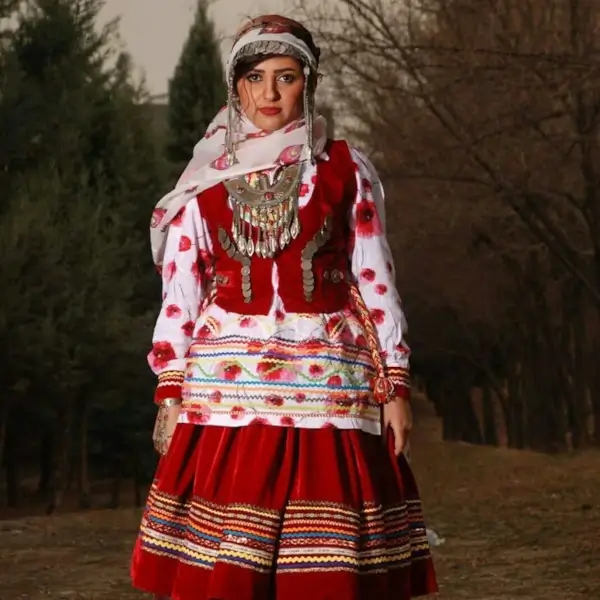
Kormanj women put on vivid colorful clothes
and their hand-woven pieces enjoy the same
superior skill of coloring. Usually, they don’t
use loom-drawings. They follow their own
worn pieces’ motives, and random scheme
for coloring which reflects weavers’
momentary emotions.
Tones of red serve as basic colors for
Kormanj rugs and Kilims. Wide range of
yellows and greens are also favored. Brown,
dark and light blue, white and even black are
used as well as purple and orange.
In tribal carpets, tones of colors depend
mainly on natural colorants of where the tribe
lingers during dyeing process. In the 20th
century Soviet regime banned Iranian tribes
from using their northern pastures. This led
to darker red tones
Designs and patterns of the Kormanj rugs

Northern Khorasan is a meeting spot for
various cultural aspects of different peoples.
One could see the intermixture in languages,
foods and not surprisingly in rug designs.
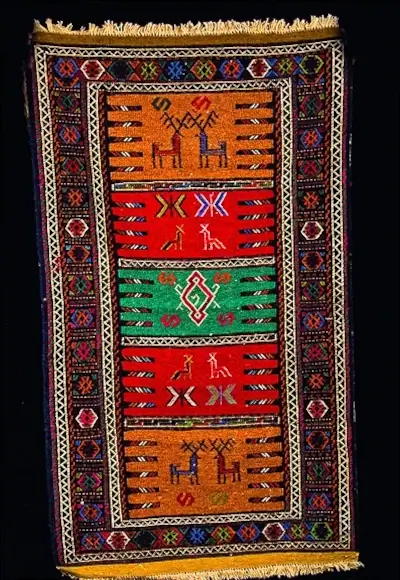
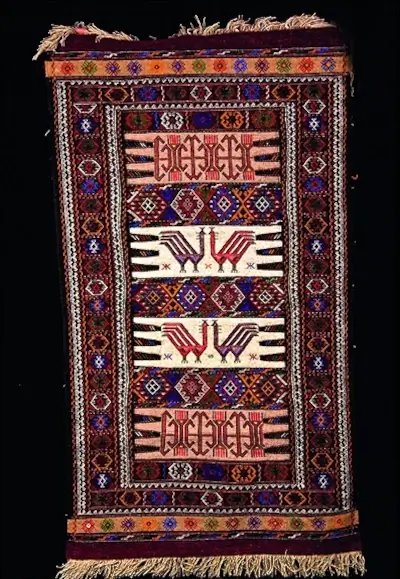
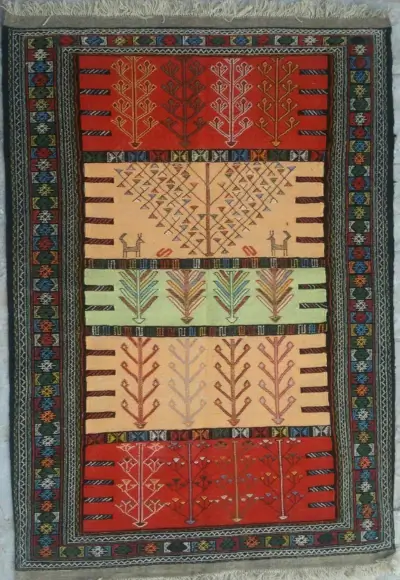
Originally from Caucasia’s snowy
mountains, Kurd weavers still follow their
ancestors’ motives and designs but the
influence of other neighboring tribes and
towns are also not difficult to recognize.
Baluchs and Turkmens are the most important influencers. An expert could also
pick out some traces of Mashhad’s town-
workshops but if so, those pieces should be
considered unoriginal, due to the tribal nature
of these rugs.
of these rugs.
Most of all, bordering indicates weavers’
Caucasian origin. Borders are completed
typically with flat selvedges. Lozenges are main motives: tiny ones
separated or interwoven, medium and big
ones filled with linear patterns. Large
hexagons and octagons make a design called
Howzi which means pool or pond.
There are also simple animal and human-
shaped patterns as well as floral motives, all
rectilinear, as it is inherent in tribal carpets.


